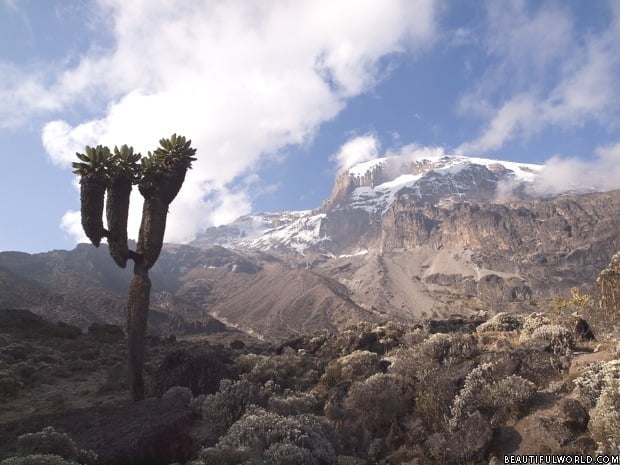

This grouping was disputed by Juliet Clutton-Brock, who argued that, other than dentition, too many differences exist between the three species to warrant classifying them in a single subfamily. Simpson placed the African wild dog, the dhole, and the bush dog together in the subfamily Simocyoninae on the basis of all three species having similarly trenchant carnassials. The specific epithet pictus ( Latin for "painted"), which derived from the original picta, was later returned to it, in conformity with the International Rules on Taxonomic Nomenclature. The root word of Lycaon is the Greek λυκαίος ( lykaios), meaning "wolf-like". It was later recognised as a canid by Joshua Brookes in 1827, and renamed Lycaon tricolor. He named the animal Hyaena picta, erroneously classifying it as a species of hyena. The African wild dog was first described scientifically in 1820 by Coenraad Jacob Temminck, after having examined a specimen from the coast of Mozambique. Solinus's Collea rerum memorabilium from the third century AD describes a multicoloured wolf-like animal with a mane native to Ethiopia. The earliest written reference to the species appears to be from Oppian, who wrote of the thoa, a hybrid between the wolf and leopard, which resembles the former in shape and the latter in colour. Taxonomic and evolutionary history Taxonomy ĭutch zoologist Coenraad Temminck provided the first taxonomic description of the African wild dog

Indigenous names for the African wild dog Linguistic group or area However, the name "painted dog" was found to be the most likely to counteract negative perceptions of the species. Nevertheless, the name "African wild dog" is still widely used, Some conservation organisations are promoting the name 'painted wolf' as a way of rebranding the species, as wild dog has several negative connotations that could be detrimental to its image.

The English language has several names for the African wild dog, including African hunting dog, Cape hunting dog, painted hunting dog, painted dog, painted wolf, and painted lycaon. The young are allowed to feed first on carcasses.Īlthough not as prominent in African folklore or culture as other African carnivores, it has been respected in several hunter-gatherer societies, particularly those of the predynastic Egyptians and the San people. Like other canids, the African wild dog regurgitates food for its young, but also extends this action to adults, as a central part of the pack's social life. Its natural enemies are lions and spotted hyenas: the former will kill the dogs where possible, whilst hyenas are frequent kleptoparasites. The species is a specialised diurnal hunter of antelopes, which it catches by chasing them to exhaustion.

As the largest subpopulation probably comprises fewer than 250 individuals, the African wild dog has been listed as endangered on the IUCN Red List since 1990. It is estimated that about 6,600 adults (including 1,400 mature individuals) live in 39 subpopulations that are all threatened by habitat fragmentation, human persecution, and outbreaks of disease. It is the largest wild canine in Africa, and the only extant member of the genus Lycaon, which is distinguished from Canis by dentition highly specialised for a hypercarnivorous diet, and by a lack of dewclaws. The African wild dog ( Lycaon pictus), also called the African painted dog and the African hunting dog, is a wild canine which is a native species to sub-Saharan Africa.


 0 kommentar(er)
0 kommentar(er)
